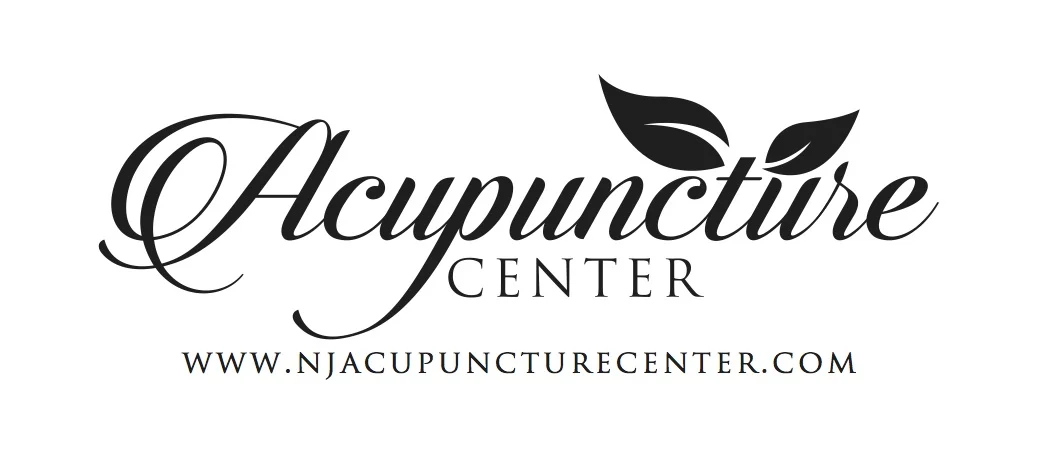Acupuncture Use in the Military
/
The Fort Hood Sentinel recently ran an article entitled, “Ancient Chinese Technique Enhances Modern Medicine.” The ancient technique they’re talking about? Acupuncture, of course.
In the article, retired Air Force Col. Arnyce Pock, a board-certified Internist, advocates for the procedure, particularly for pain relief. The article states, “Pock said acupuncture offers pain relief without the costs, potential side effects and addiction and dependency issues associated with opioids, which act on the nervous system to relieve pain.”
While it explains that the medical field still doesn’t have a clear or scientific reasoning of how it works, acupuncture can work in single, or consecutive treatments.
Pock adds, “but it can be highly effective in treating a wide range of conditions,” including symptoms associated with traumatic brain injuries, such as depression, anxiety, insomnia and headaches,” which are unfortunately common struggles of military veterans.
Retired Air Force Col. Ricard Niemtzow, is cited in the article as developing a technique known as “battlefield acupuncture” also known as BFA. Within the process of BFA, needles are placed at specific accupoints along the ear, and stay secure there for two – four days. This practice aims to release pain continuously with little interruption to daily routines and responsibilities.
In fact, BFA is now taught to a variety of health care providers through the Department of Defense and Veterans Health Administration (VHA). Additionally, according to the article, “Acupuncture is available in more than 80 military treatment facilities overseas and stateside,” a great achievement for the minimally invasive treatment that is full of health benefits.
The article also quotes a third source, Army Col. Jason Wieman, hospital director at Fort Belvoir and family medicine physician trained in acupuncture as saying, “‘Acupuncture really works,’ he said. ‘I treat an average of a dozen patients per week with acupuncture, and I’ve used it personally. It’s a great tool for pain relief, and a great asset for our providers to have at their disposal.’

